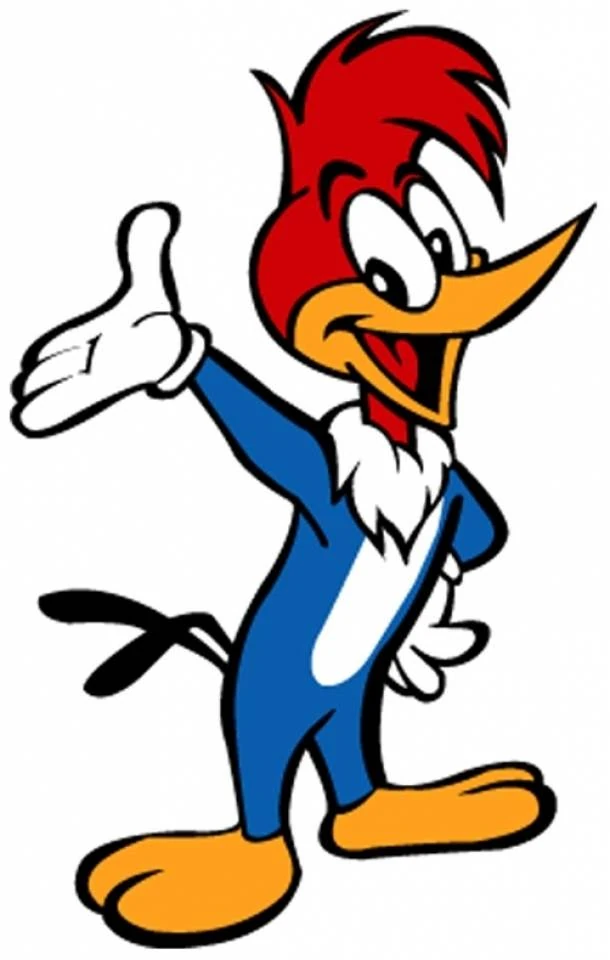I found a Pileated Woodpecker's nest hole today which was very exciting because it is one of my favorite birds to watch. They make a lot of noise pecking the trees for bugs and sound like a laughing hyena when they fly so they aren't too hard to find. In the photo above, the male woodpecker is going into the nest hole to feed the babies.

It is the largest North American woodpecker and although it looks a lot like Woody Woodpecker, I am told Woody was based on an Acorn Woodpecker not a Pileated (Hard to believe, google Acorn Woodpecker photos and you will see what I mean, Woody does not look like an Acorn Woodpecker).
Once dad was in the nest the babies started making a racket. You can see one baby beak just below his head peeking out of the hole. Mom and Dad take turns incubating the eggs and feeding the babies.
Pileateds perform a courtship dance, the pair in the photo above was chasing each other around my back yard a few weeks ago. They would stop, bow and walk around each other. Pileated pairings tend to be for life. The family will stay together until the Fall and then the young ones will go off to start their own families. Hopefully I will get to see the babies soon!





























